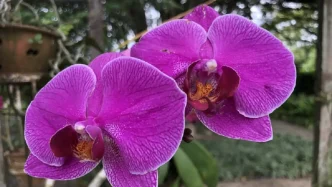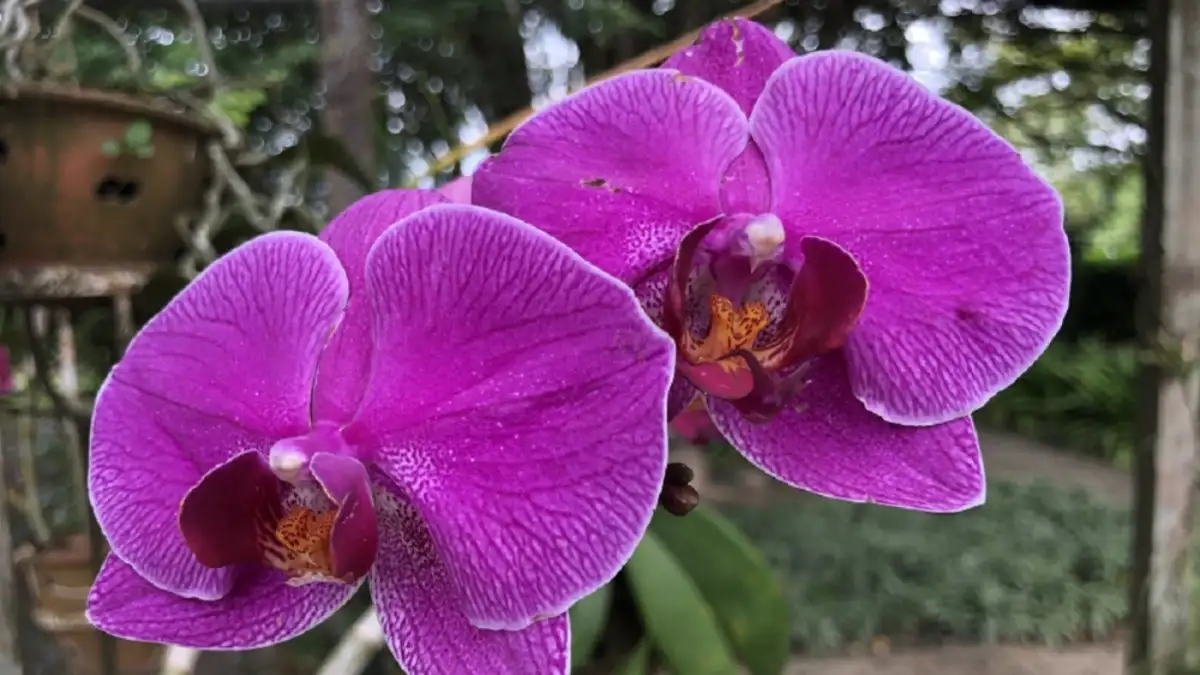In the lush landscapes of Sabah, a silent crisis unfolds as hundreds of plant species teeter on the brink of extinction. With at least 600 species classified as threatened, the region’s rich biodiversity faces unprecedented challenges from human activity, habitat loss, and climate change. As conservationists sound the alarm, the urgency to protect Sabah’s unique flora has never been greater.
A Biodiversity Hotspot Under Threat
Sabah, a state in East Malaysia on the island of Borneo, is renowned for its extraordinary biodiversity, harboring some of the world’s most unique plant species. However, this natural treasure trove is under siege. According to Datuk Frederick Kugan, director of the Sabah Forestry Department, at least 600 species of flowering plants and trees are at risk of disappearing forever. “Besides pitcher plants, the other types of flora facing threats are trees and flowers,” Kugan noted, highlighting the scale of the problem.
Among the most vulnerable are timber species like dipterocarps, which are heavily logged for commercial use. Exotic plants such as pitcher plants and orchids, prized for their aesthetic appeal, are also being poached from the wild and sold on the black market due to high horticultural demand. Kugan pointed out additional pressures, including habitat loss from plantation expansion and the impacts of climate change, particularly on montane species found in mountainous regions. “There is also a small distribution pattern which is being threatened by climate change,” he explained, emphasizing how rising temperatures and shifting weather patterns exacerbate the decline.
Critical Losses and Possible Extinctions
The International Union for Conservation of Nature (IUCN) Red List categorizes threatened species into three levels: critically endangered (CR), endangered (EN), and vulnerable (VU). In Sabah, the situation is dire, with Kugan revealing that 10 critically endangered plant species may already be extinct. These include species such as anisophyllea impressinervia, ixora labuanensis, and syzygium badescens, with the last recorded sightings dating back between 45 and 148 years. “Another possibly extinct species that was part of our conservation project for the last few years is the CR elaeocarpus pinosukii,” Kugan added, underscoring the challenges of preserving species in transformed landscapes.
Efforts to locate elaeocarpus pinosukii at its last known habitat, Pinosuk Plateau—also known as Mesilau in Kundasang—have been fruitless. Once a dense forest, the area has been converted into vegetable farms over the past 60 to 70 years, erasing critical habitats. This transformation reflects a broader trend of habitat destruction across Sabah, where agricultural expansion often takes precedence over conservation.
Pitcher Plants: Icons at Risk
Among Sabah’s most iconic flora are pitcher plants, also known as monkey cups, which are uniquely adapted to trap insects—and in some cases, small mammals like rats—for nourishment. Of the over 160 pitcher plant species worldwide, 25 are found in Sabah, including the world’s largest, nepenthes rajah, which grows exclusively on Mount Kinabalu and its surrounding highlands. Yet, even these remarkable plants are not immune to threats. In March, Kugan disclosed that seven pitcher plant species in Sabah are listed as threatened on the IUCN Red List, driven by deforestation and poaching.
The plight of pitcher plants mirrors a global trend. A report by AFP in March, citing the IUCN, warned that deforestation, farming, and climate-fueled fires are increasing threats to fungi, which are vital to the survival of most plants. Of the 1,300 fungi varieties assessed, at least 411 face extinction, further compounding the challenges for plant ecosystems in regions like Sabah.
Unassessed Species and the Need for Action
While the IUCN Red List provides a framework for understanding the status of Sabah’s flora, Kugan cautioned that the data only scratches the surface. “We have thousands of species that have not been assessed yet, especially the non-tree species,” he said. This gap in knowledge poses a significant barrier to effective conservation, as many species may disappear before their status is even documented.
Kugan called for urgent research and conservation initiatives to safeguard Sabah’s biodiversity. He advocated for coordinated efforts among state agencies, private sectors, and local communities to mitigate the impact of development on flora and fauna. “There must be coordinated efforts to find solutions on how to reduce impact with the development that is taking place,” he urged, stressing the importance of balancing economic growth with environmental protection.
A Global Concern with Local Roots
The crisis in Sabah is a microcosm of a broader global challenge. As habitats shrink and climate change intensifies, regions rich in biodiversity face disproportionate risks. In Sabah, the loss of unique species like nepenthes rajah or elaeocarpus pinosukii would not only diminish local ecosystems but also erase irreplaceable components of the world’s natural heritage. For global readers, understanding the stakes involves recognizing the interconnectedness of ecosystems—plants and fungi in Sabah play roles in carbon sequestration and soil health that benefit far beyond Borneo’s borders.
Local communities, too, are intertwined with these ecosystems, relying on forests for resources, cultural practices, and livelihoods. The conversion of areas like Pinosuk Plateau into farmland reflects the complex trade-offs between development and conservation, a tension that requires innovative solutions and inclusive dialogue.
Looking Ahead: Can Sabah’s Flora Be Saved?
As Sabah grapples with the looming extinction of hundreds of plant species, the path forward remains uncertain. Conservationists and policymakers face the daunting task of protecting what remains while restoring what has been lost. Increased funding for research, stricter regulations on logging and poaching, and community-driven reforestation projects could offer hope, but time is of the essence.
For now, the silent disappearance of Sabah’s flora serves as a stark reminder of the fragility of nature in the face of human progress. Whether these species can be pulled back from the brink depends on the actions taken today—and the willingness to prioritize the environment in a rapidly changing world.
















